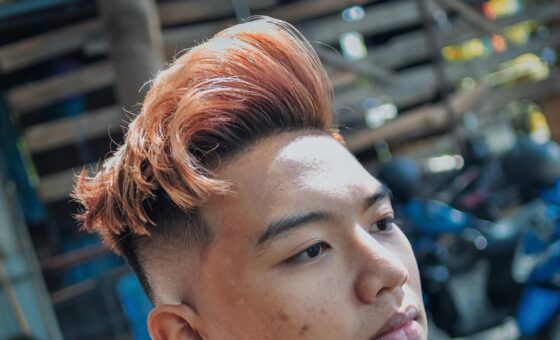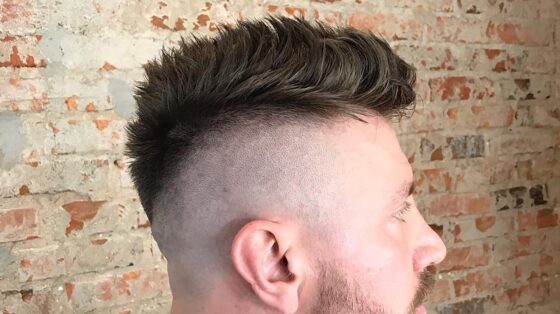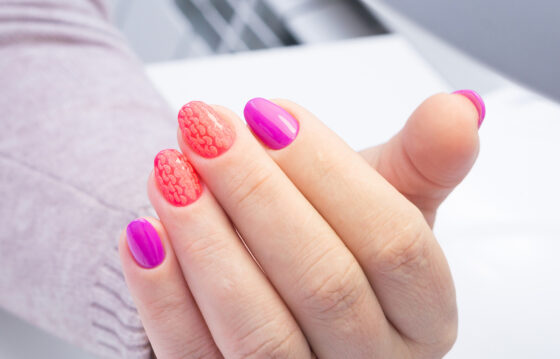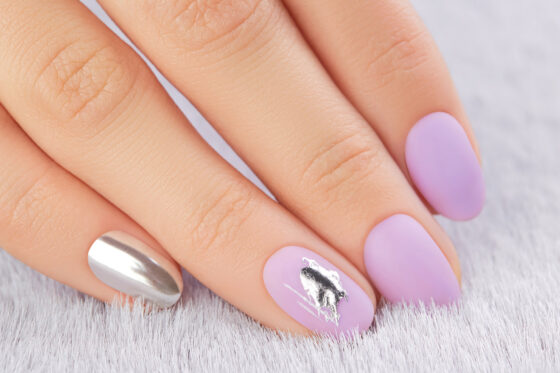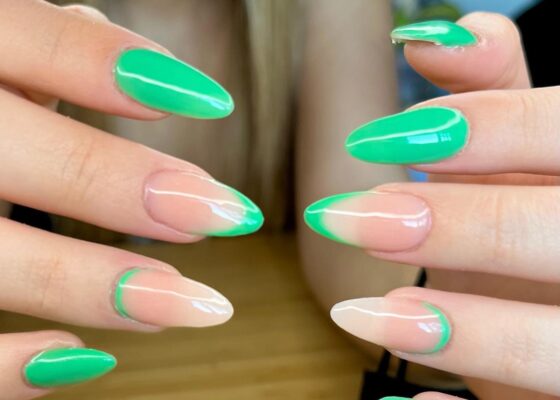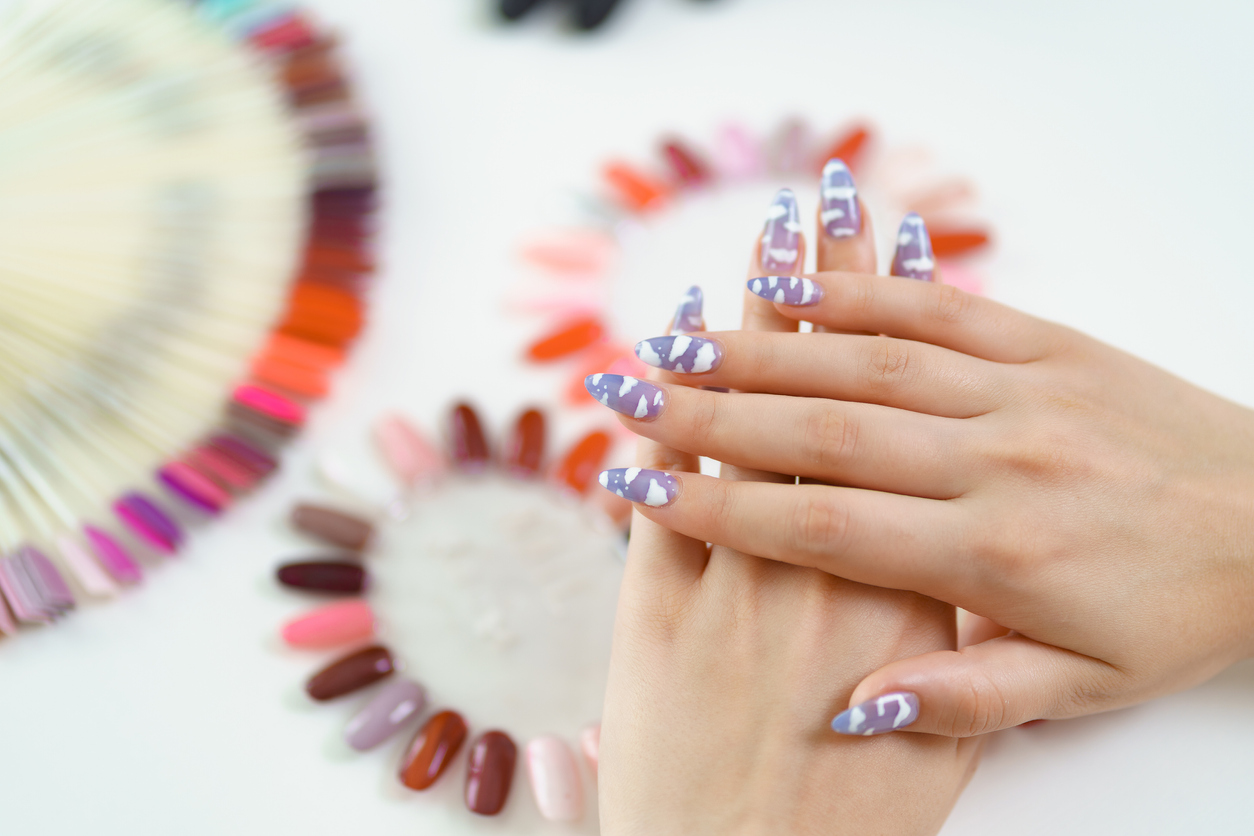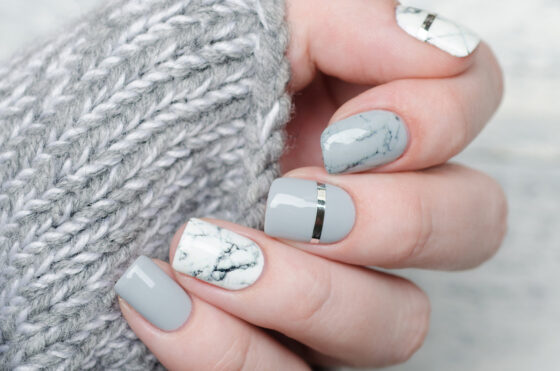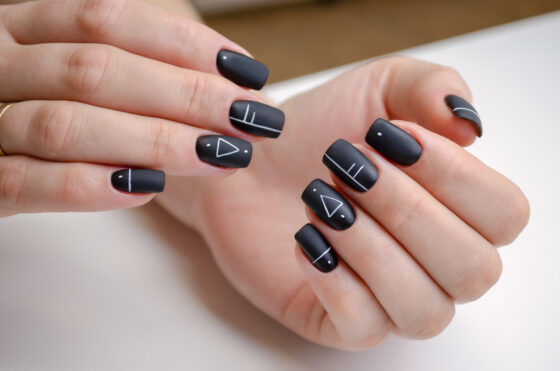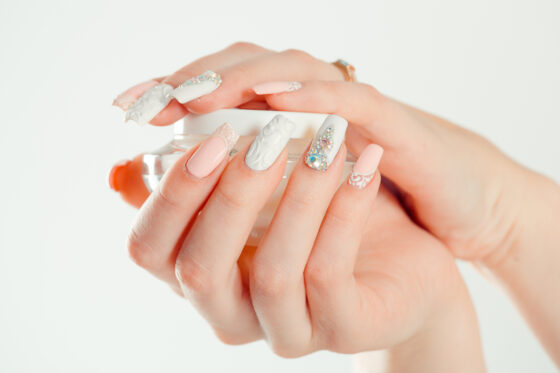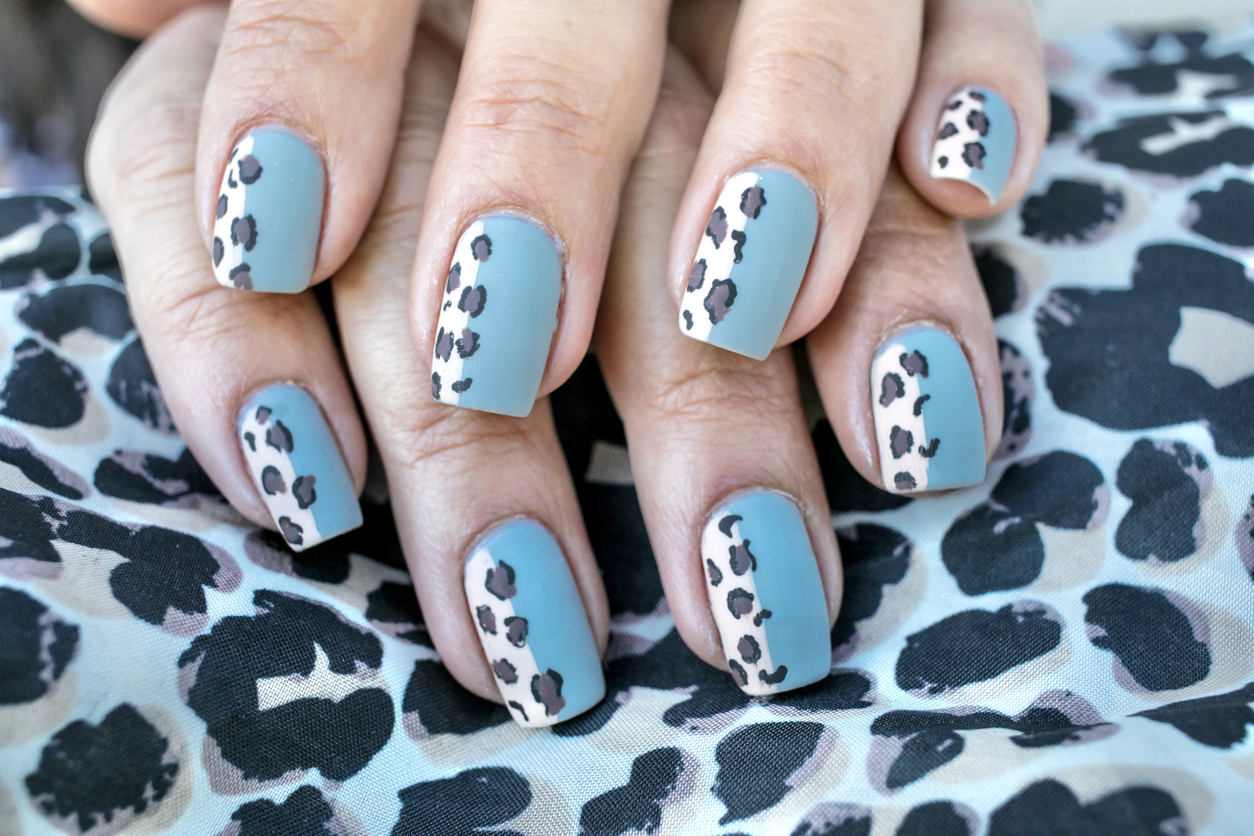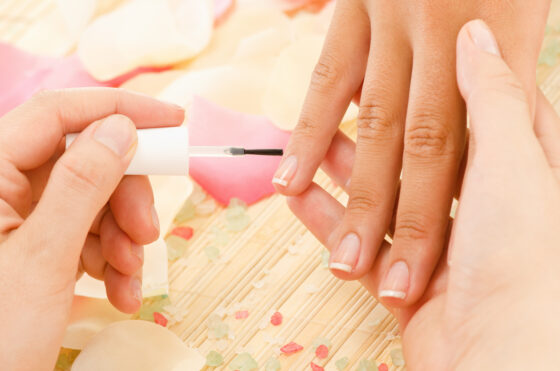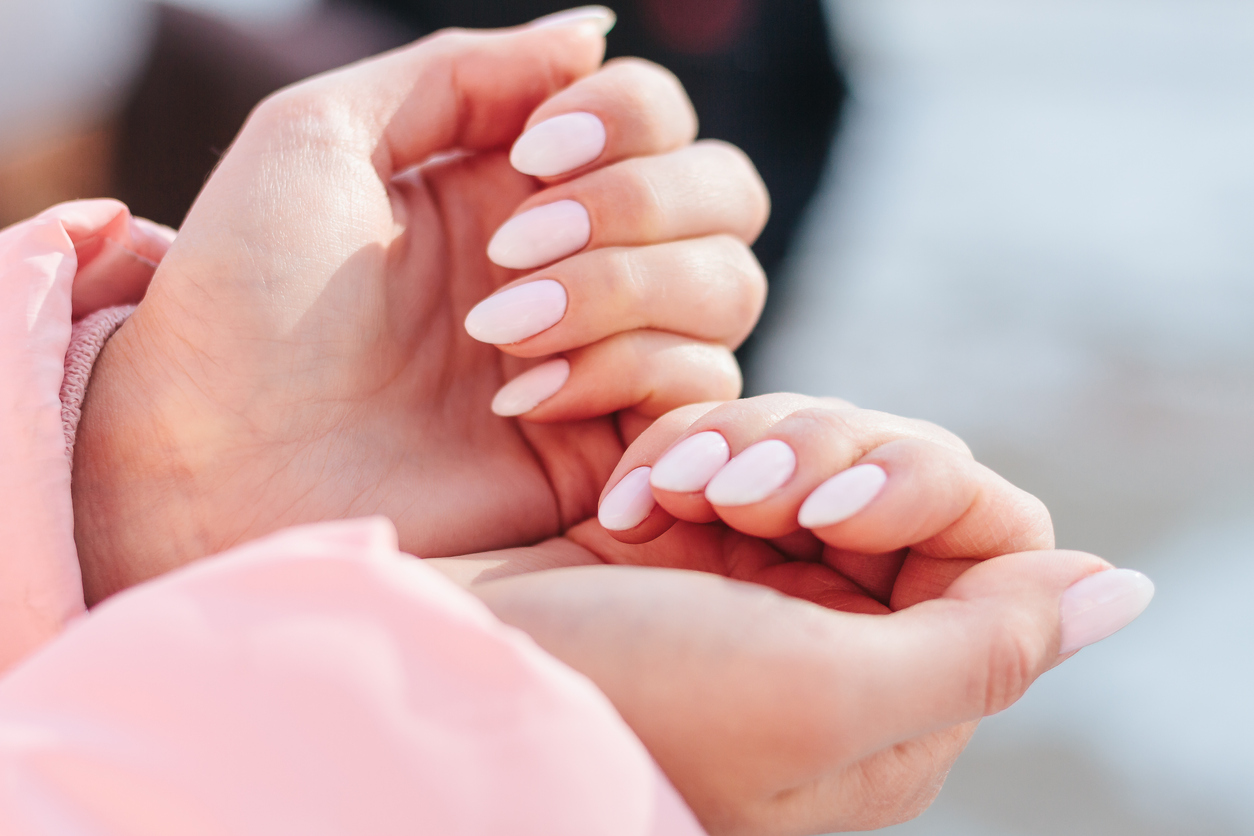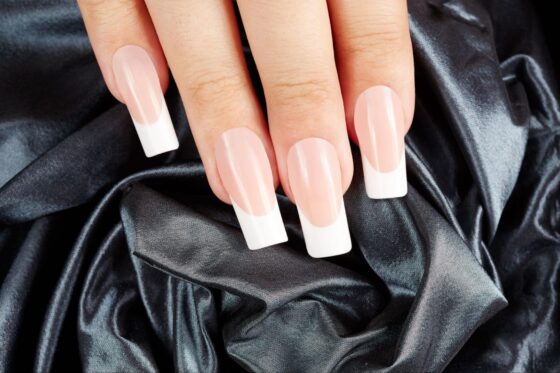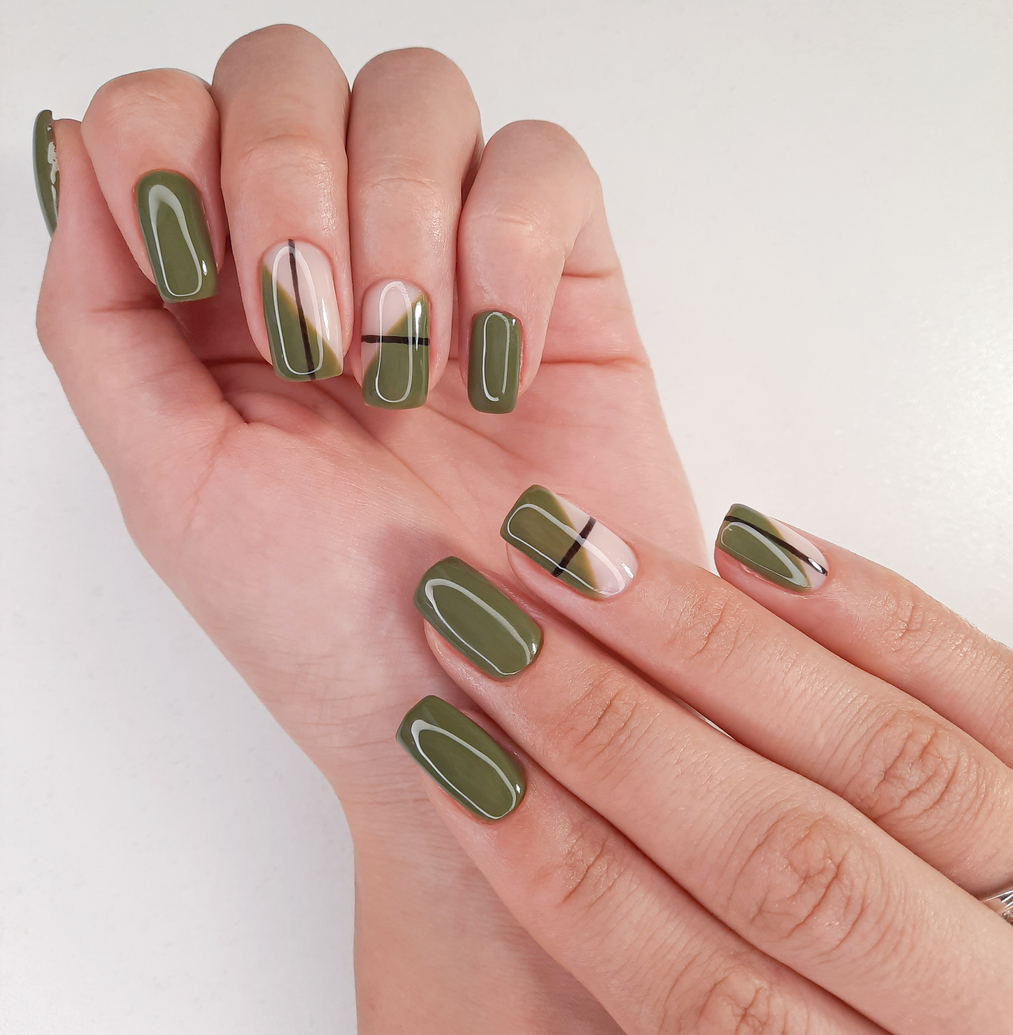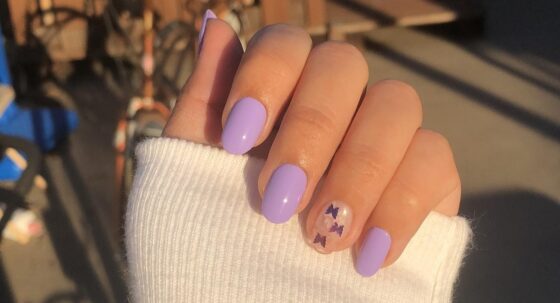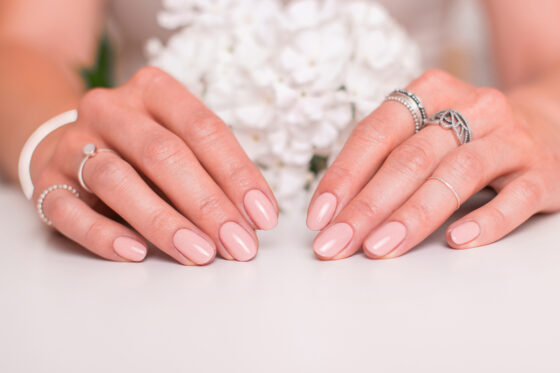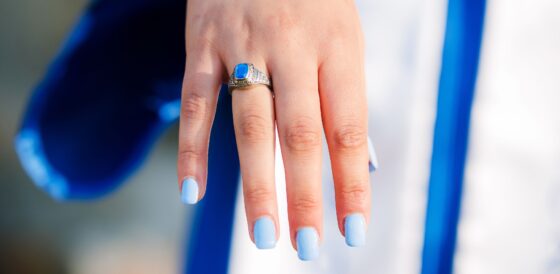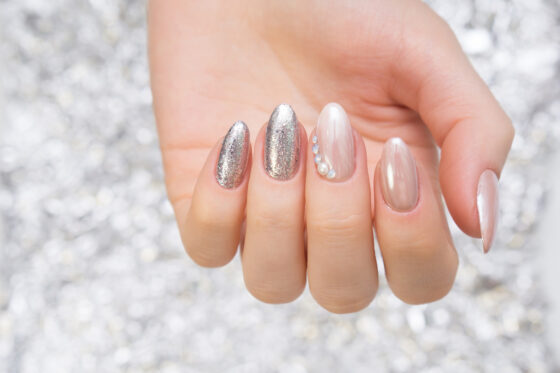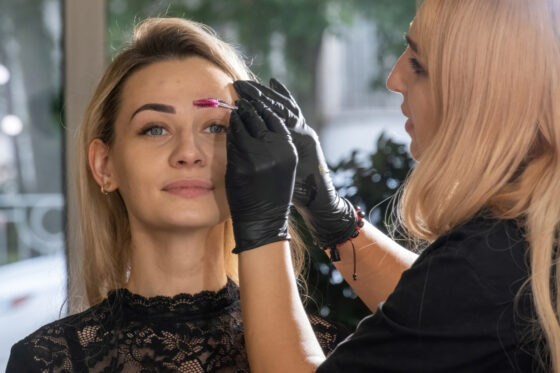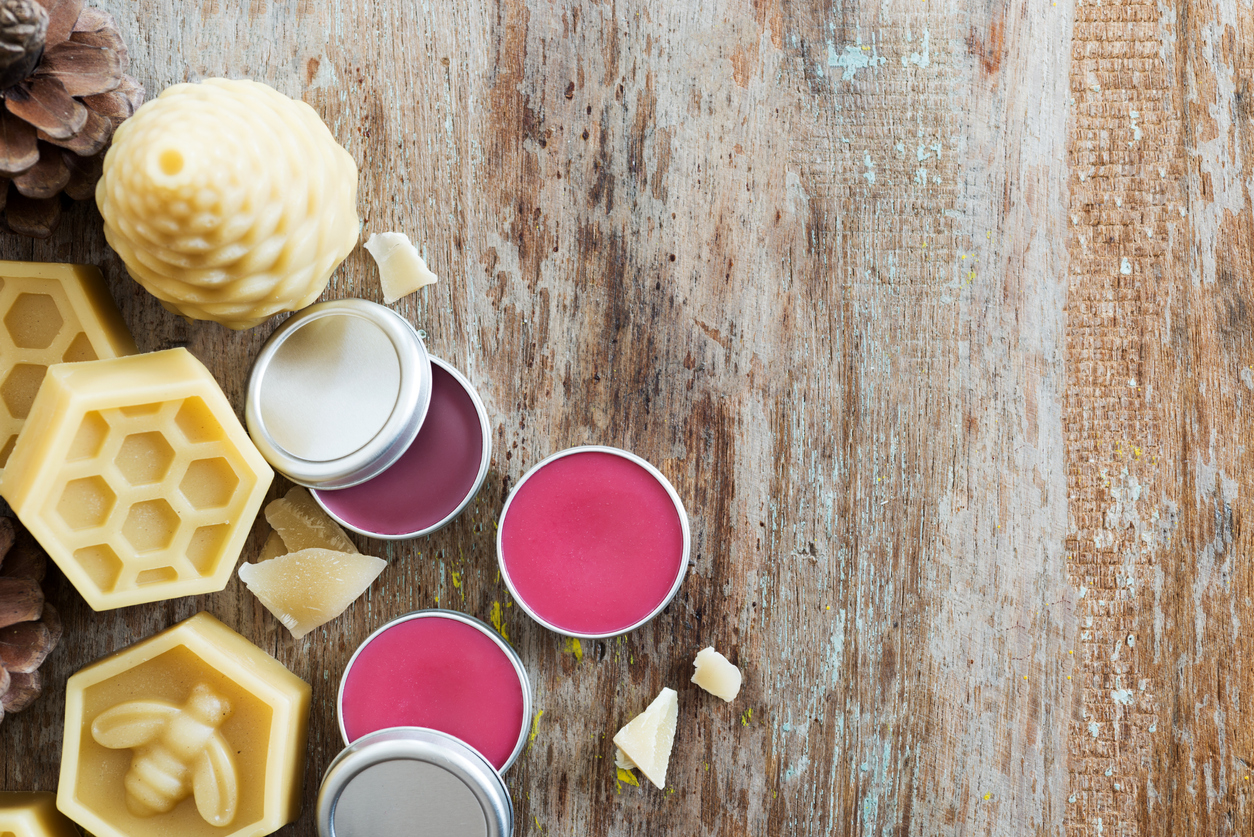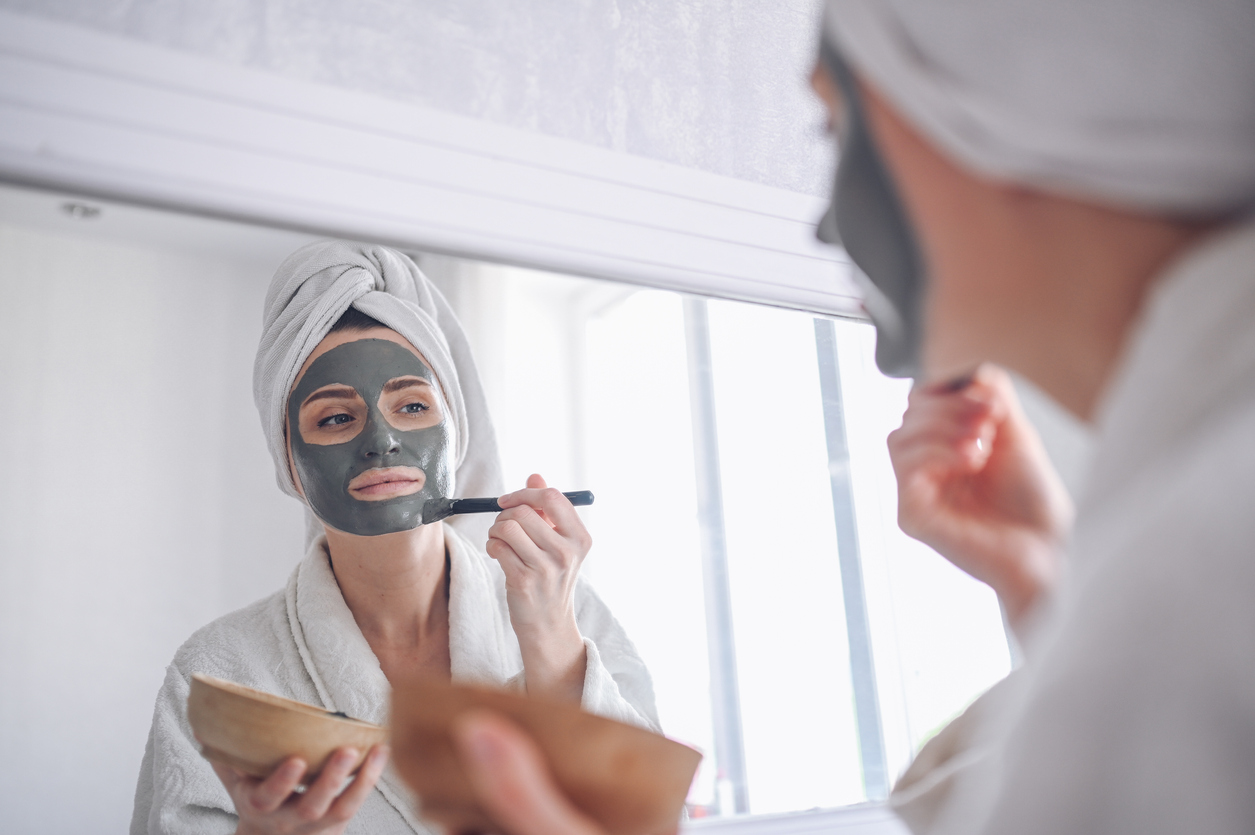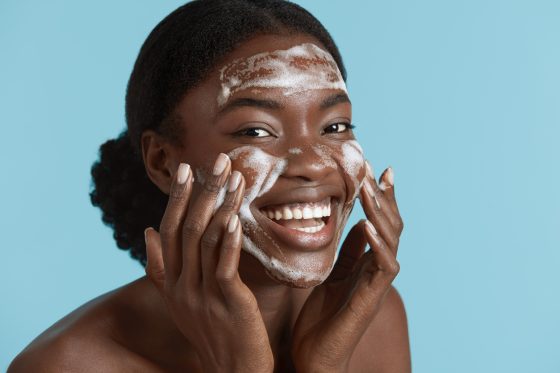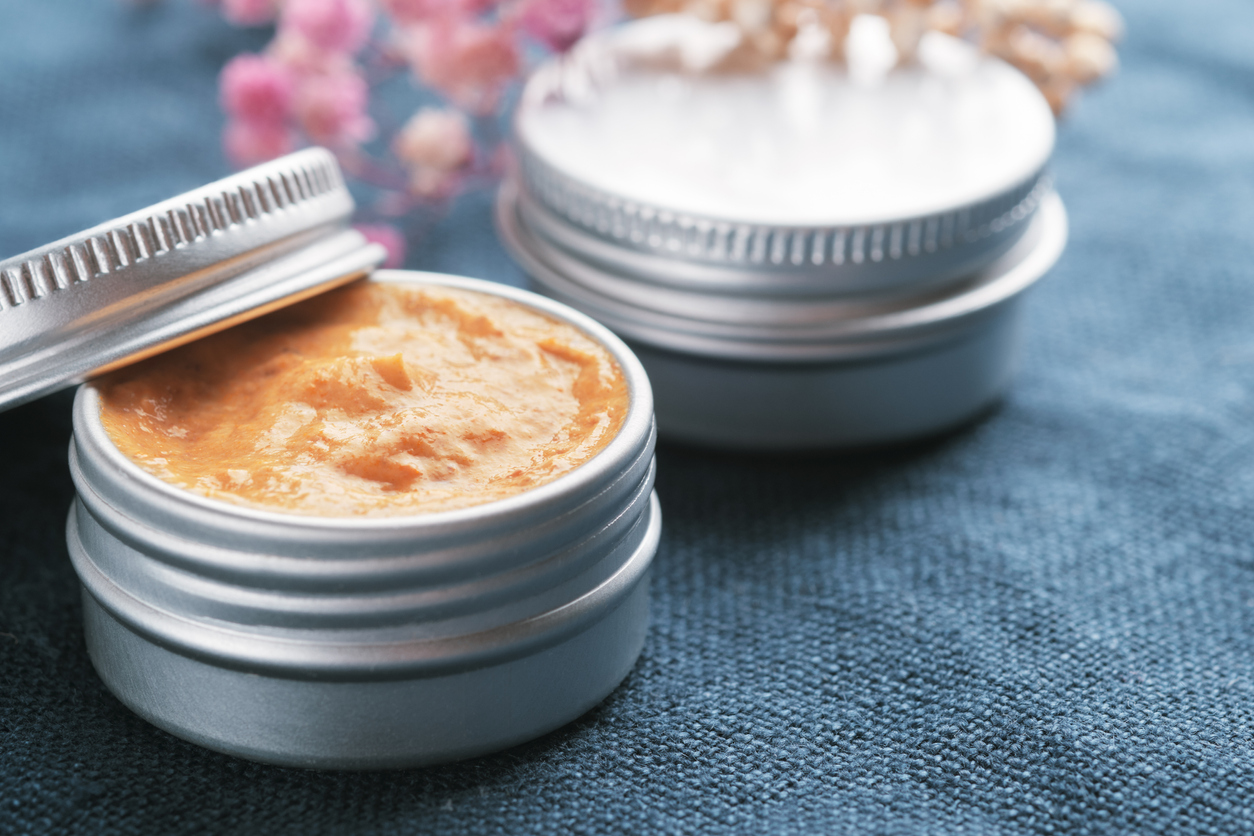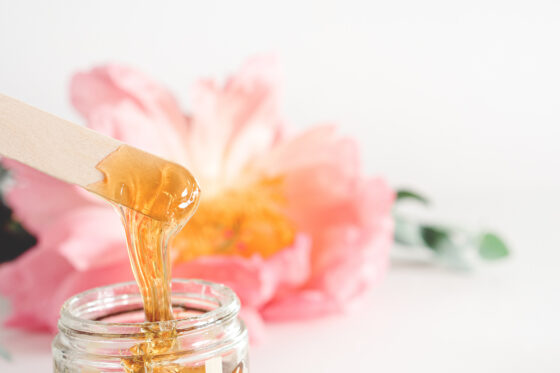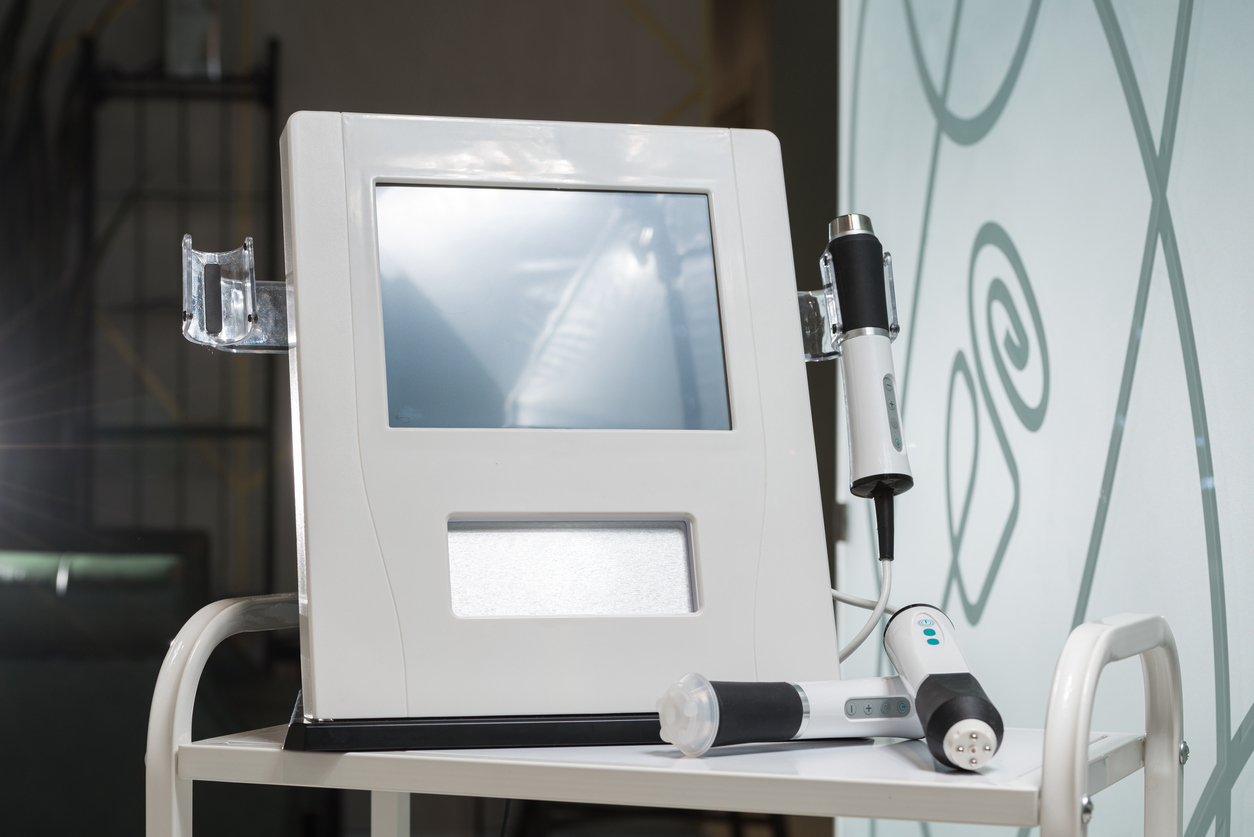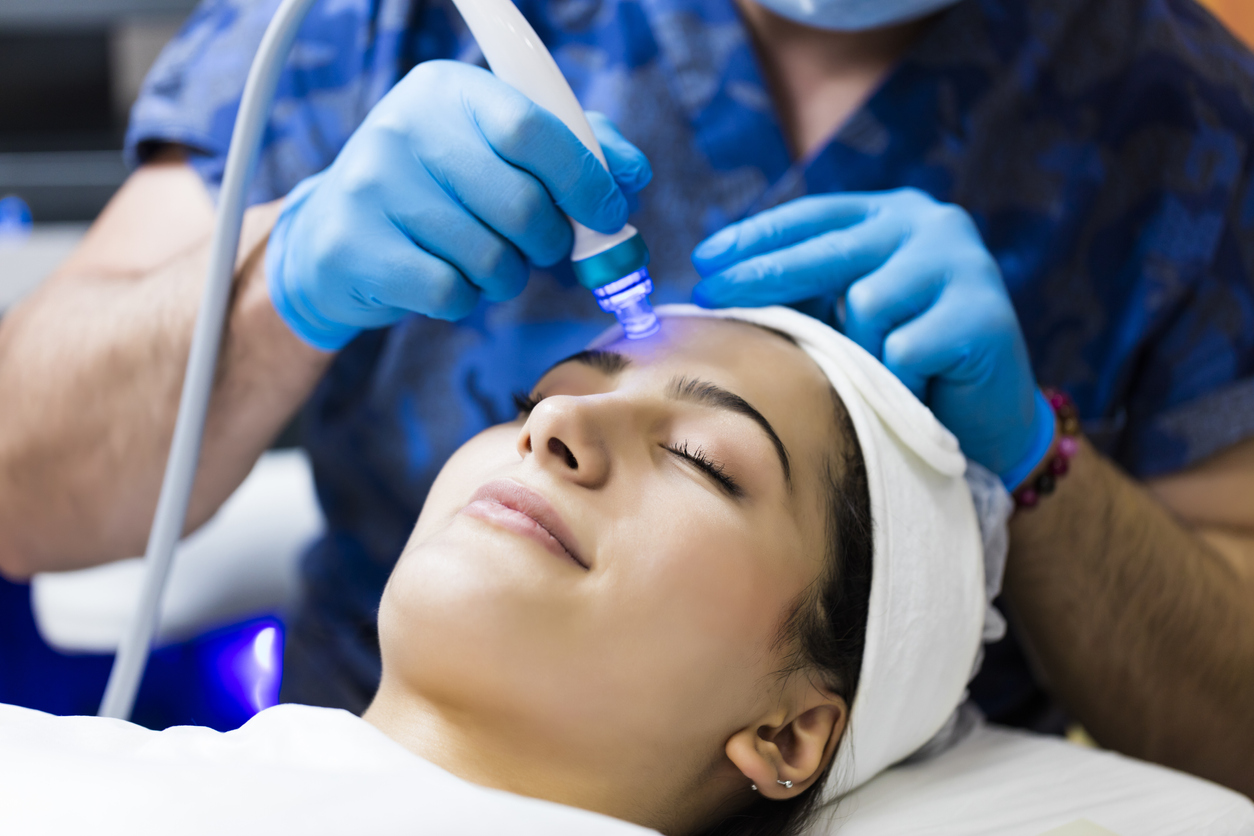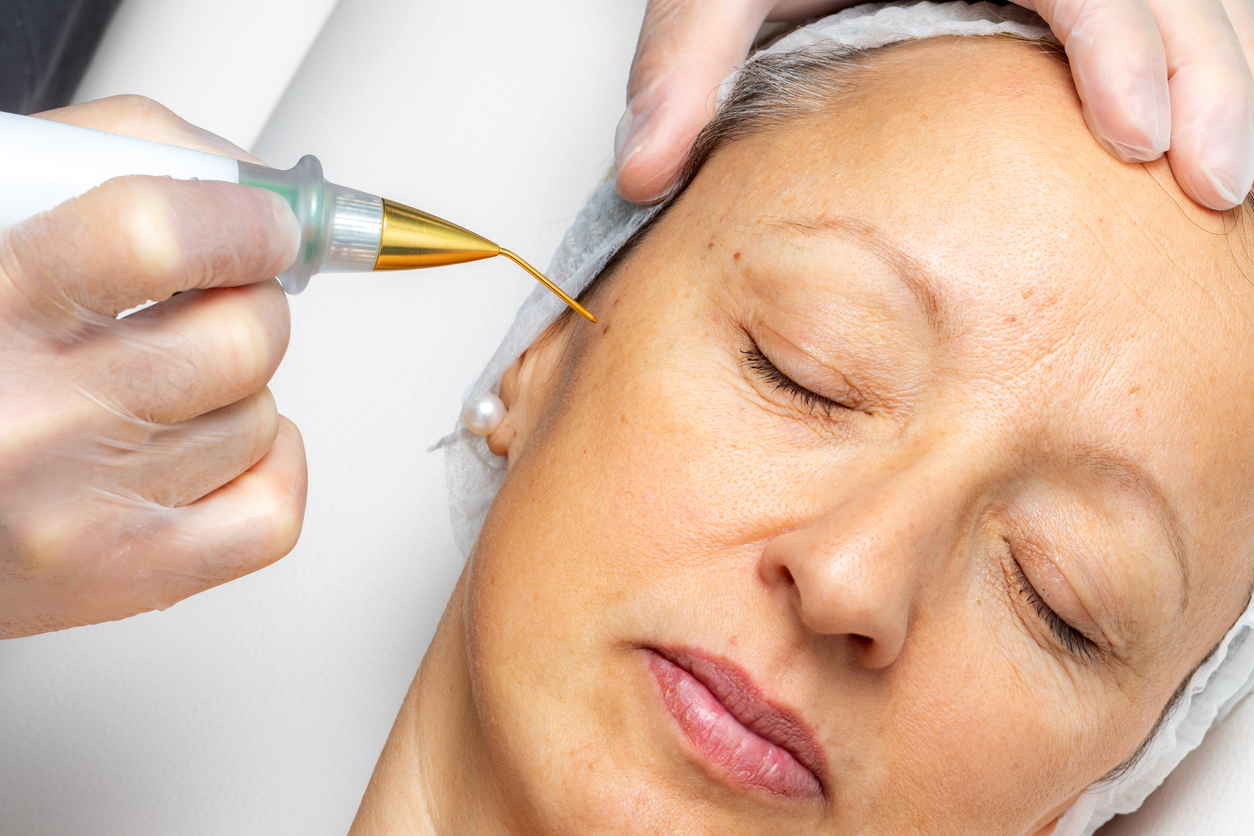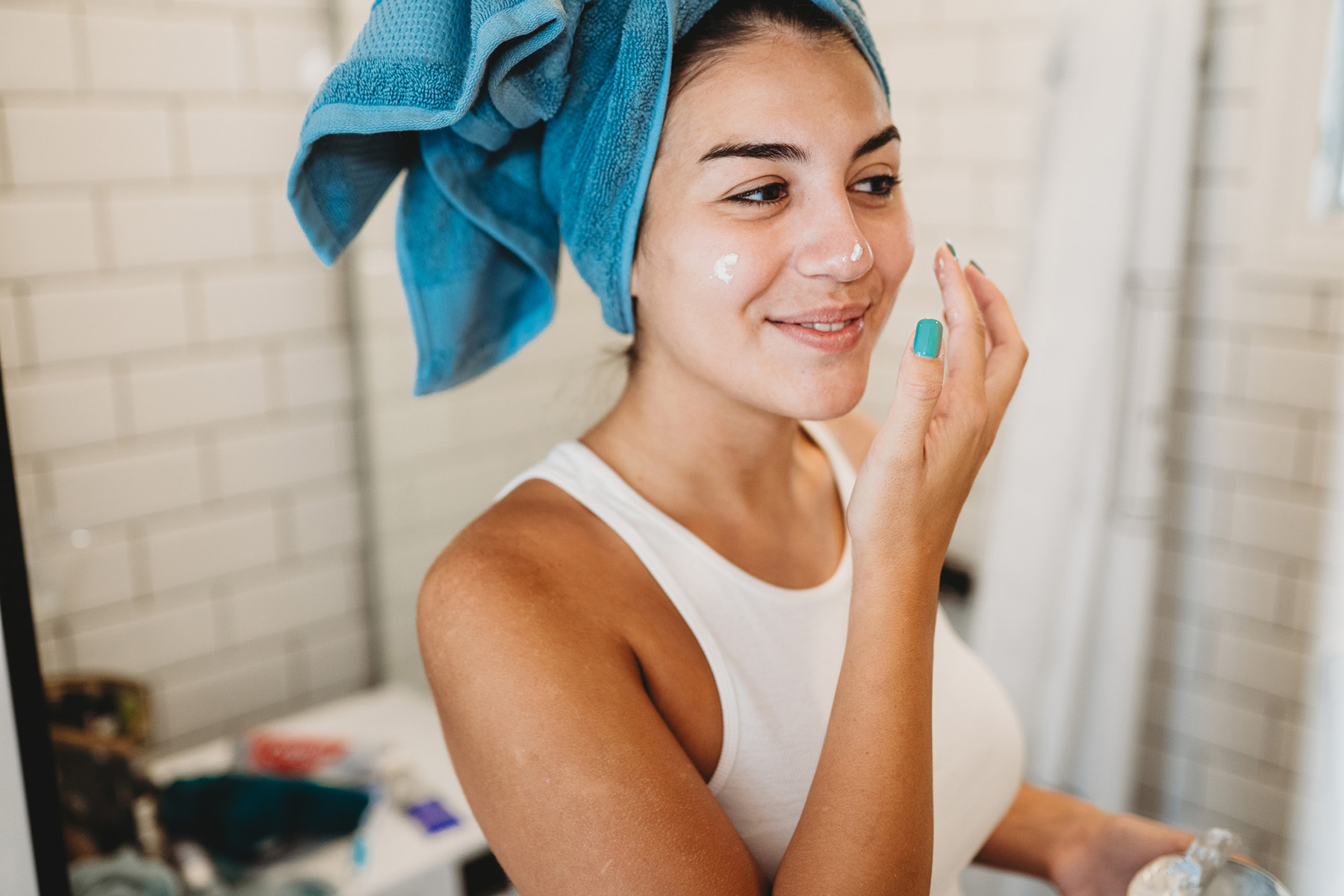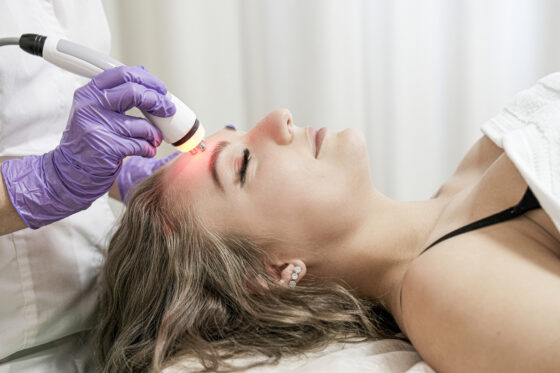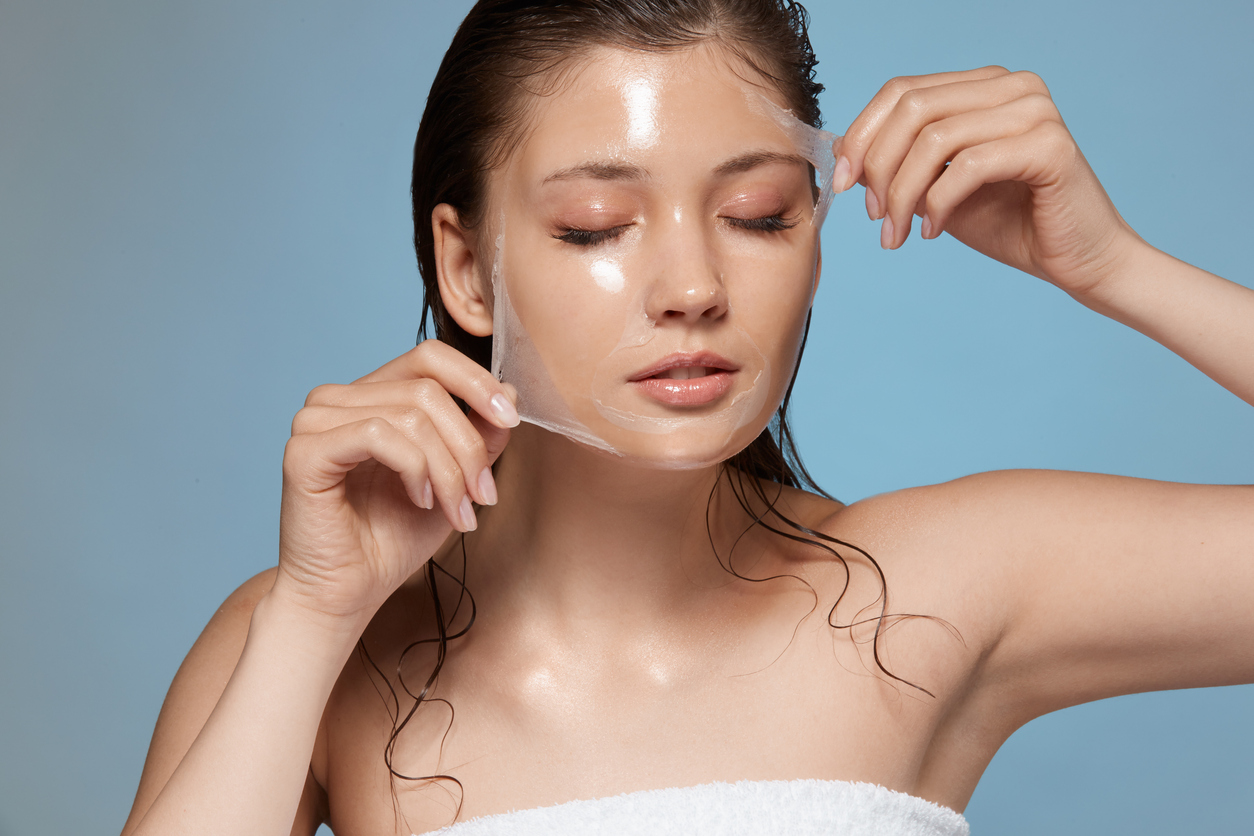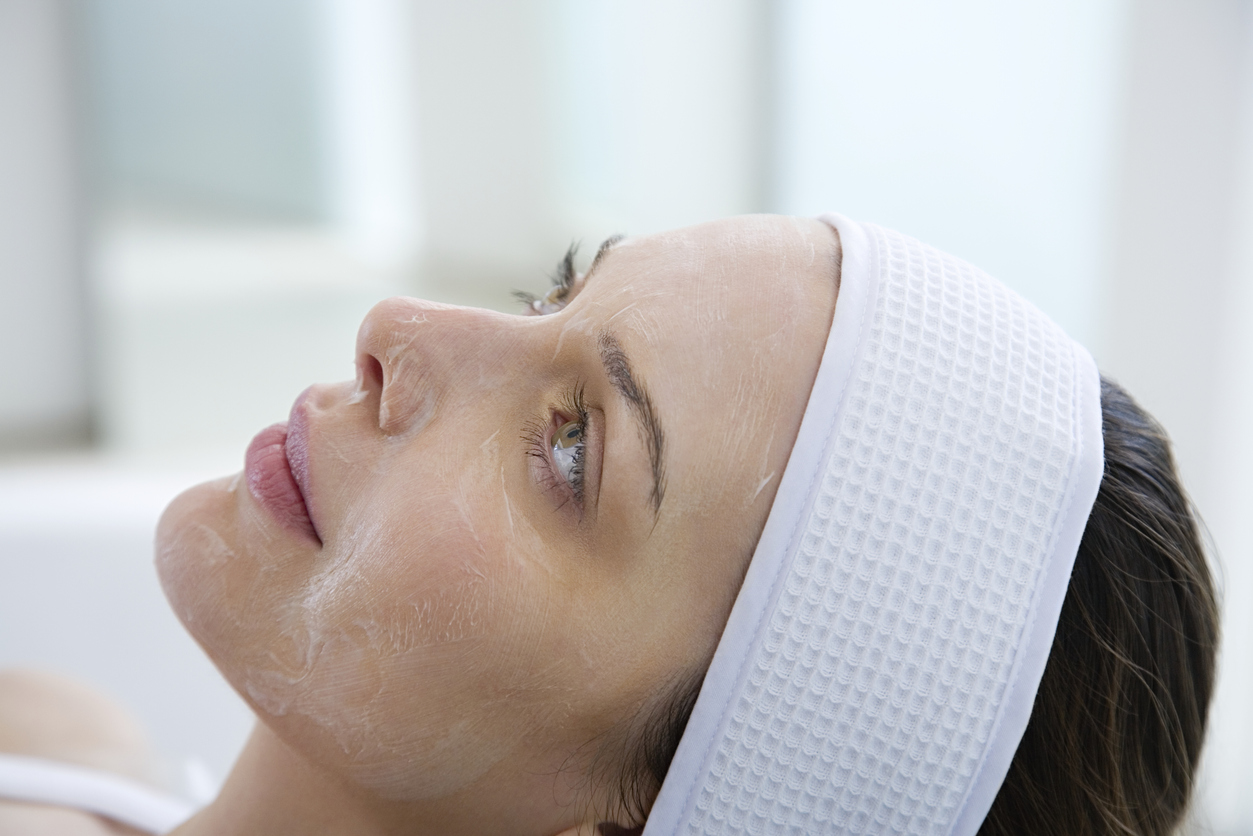It’s normal to grow older and see your skin change with time. Gravity is real, eh?
However, it’s also okay to want to look after your skin and turn to anti-aging options such as micro-needling, laser therapy, plasma fibroblast skin tightening, and more. It boils down to personal preferences, really.
Repeat after us: self-care is not selfish.
However, it’s essential to truly understand what a procedure like a fibroblast skin tightening treatment is like before diving into the unknown. To put it simply, plasma fibroblast therapy is a procedure that helps tighten the skin and make it look more youthful through a device that emits electric currents to targeted spots on the skin. This therapy may also treat acne scars and skin conditions like seborrheic keratosis and enhance the skin’s overall texture.
In this post, we’ll cover the ins and outs of this treatment and help you decide if this is right for you.
Fibroblast Skin Tightening
You have scores of options to pick from when tackling fine lines and wrinkles. The possibilities are endless, from topical treatments such as retinoids to tools such as microcurrent devices and in-office treatments.
Plasma fibroblast skin tightening is a relatively new option in this category. The treatment has started gaining popularity for being relatively non-invasive for those who’d like to keep their skin youthful without choosing something more drastic like a facelift (which is far more expensive and invasive than other options.)
What is Fibroblast Skin Tightening?
Fibroblast skin tightening involves using plasma to restore fibroblast cells in the skin. These cells release collagen into your skin and keep it taut and firm. During the plasma fibroblast procedure, professionals work with a device (that resembles a pen) to treat a patient’s skin and increase collagen production.
Before a plasma fibroblast therapy session, a patient may be asked to:
- Stay away from tanning beds and avoid the sun
- Refrain from trying different cosmetic procedures like laser therapy
- Stop using actives such as salicylic acid and retinoids
Zohna Tip
Ask your dermatologist about the best ways to prep your skin for plasma fibroblast therapy before your appointment.
How Does it Work
Usually, a licensed professional such as a dermatologist performs the fibroblast skin tightening procedure by using numbing cream to ensure you don’t feel uncomfortable during the session.
Additionally, they’ll use a specialized tool such as a fibroblast plasma pen to cause small (temporary) injuries on your skin via electric currents.
This will eventually boost the fibroblast cells in your skin and help them produce more collagen, making your skin look younger.
Zohna Tip
Before you give plasma fibroblast therapy a shot, ensure that you're booking an appointment with a licensed medical practitioner. Someone inexperienced may end up doing more harm than good.
The Dos and Don’ts of Plasma Fibroblast Skin Tightening
Like most in-office treatments, patients should follow certain recommended practices while opting for plasma fibroblast skin tightening. Taking a few preventive measures will help ensure that your skin receives the maximum benefits.
Plus, you may avoid some of the most common side effects if you’re mindful of your routine before and after the plasma fibroblast procedure.
| Dos of Plasma Fibroblast Treatment | Don’ts of Plasma Fibroblast Treatment |
| Take vitamins as instructed | Avoid taking generic skin supplements without asking a professional about them |
| Wear sunscreen and stay away from the sun before your session | Don’t experiment with tanning sprays or tanning beds before a plasma fibroblast procedure |
| Stick to a gentle skincare routine that includes cleansing, toning, moisturizing, and SPF | It’s best to avoid products with active ingredients such as AHAs, BHAs, retinoids, and more |
Plasma Fibroblast Treatment
The plasma fibroblast procedure can take anywhere between half an hour to 60 minutes.
It’s important to note that before you begin the plasma fibroblast skin tightening session, the individual performing the treatment will have to take several factors into account, such as:
- The type of numbing cream they’re using for the procedure
- Your skin’s condition at the time of the treatment
- The amount of time it takes for the numbing agent to kick in
- Whether your skin reacts to the numbing cream
Don’t be afraid to speak up while trying the fibroblast plasma lift. Let your dermatologist know if you feel discomfort before, during, or after the fibroblast treatment.
Is it Safe?
The plasma fibroblast procedure is a comparatively new entrant in the cosmetic industry and has its share of fans and critics alike. Those who don’t support the fibroblast plasma lift are wary of its potential side effects and that the treatment may be unsafe if performed by an inexperienced esthetician.
It may be safe to opt for a plasma fibroblast skin tightening treatment by working with a licensed medical practitioner. However, everyone is different and may respond differently to the treatment.
It’s not possible to entirely rule out adverse reactions to the procedure. You may experience unpleasant side effects including, but not limited to:
- Hyperpigmentation, especially if your skin tone is dark
- Burns, acne, or scars on your face
- A swollen or red face
- Pain
- Peeling and itchy skin
However, you can minimize the risk of side effects by talking to a medical practitioner who will determine whether you’re a good fit for plasma fibroblast skin tightening procedures.
Zohna Tip
Consult a dermatologist who can examine your skin and medical history before determining whether you're a good candidate for a fibroblast plasma skin tightening treatment.
What to Expect
During a fibroblast treatment, your physician will begin the process by cleansing your skin to remove any makeup, moisturizer, SPF, and other residues before proceeding to the next step. You should be prepared to devote approximately 60 minutes to the session (it may take less time depending on what you’re looking for, such as targeted treatment around the eyes.)
That said, here’s what the plasma fibroblast procedure will look like:
- Your dermatologist will cleanse your skin to ensure that it’s ready for the treatment
- They’ll use a numbing cream to prep your face for the fibroblast plasma lift
- Once the effects of the cream have kicked in, your dermatologist will use the plasma pen to target specific areas of your skin
- Post the treatment, they’ll apply a soothing gel to help your skin calm down
The plasma fibroblast skin tightening procedure is perceived to be mostly pain-free. However, some individuals may feel slight discomfort during the treatment. There is nothing to be afraid of, though.
Who Should Stay Away from the Procedure
Lots of people may be able to try plasma fibroblast skin tightening treatment options without any issues.
But it’s important to remember that this procedure is not considered safe for individuals from specific categories such as:
- Pregnant individuals and those who are breastfeeding
- People with darker skin tones
- Those who have experienced hyperpigmentation or scarring in the past
- Individuals who are currently on Accutane
- Anyone who has been diagnosed with autoimmune illnesses
In any case, it’s best to approach your doctor to learn more about your options and understand whether a fibroblast skin treatment is safe for you.
Plasma Fibroblast Benefits
Those who swear by the plasma fibroblast skin tightening procedure have revealed that they’ve seen their skin improve after undergoing the treatment. Note that your results may vary, and this is still a relatively new procedure in the field (so it’s a good idea to proceed with caution.)
Less Fine Lines and Wrinkles
The number one advantage is tightened, firm skin after a fibroblast plasma lift.
In fact, this treatment can be used to focus on specific areas of concern, such as:
- Fine lines around the mouth
- Under-eye wrinkles
- Smokers’ lines
- Neck wrinkles
And here is a much-needed timely reminder for you – plasma fibroblast treatment may be effective, but it’s not a permanent solution. That said, experts believe its results last for as long as three years. Phew!
May Enhance Skin Texture
Plasma fibroblast therapy may lead to better skin overall and make your skin look smoother and healthier. As with most skin procedures, the results from a fibroblast plasma lift will be more noticeable if you take good care of your skin and stay consistent with your routine. Let’s get going and buy refills of all those OG products in the skincare closet, shall we?
When it comes to skincare, start with the basics, such as cleansing your skin and moisturizing your face and neck twice daily. Also, SPF is a powerful anti-aging tool.
May Lighten Acne Scars and Stretch Marks
While it’s difficult to be sure, it’s possible that undergoing fibroblast treatment will help you tackle those stubborn acne scars that refuse to fade. You may also see significant improvement as far as your stretch marks are concerned. That sounds promising, huh?
Plasma fibroblast therapy can be used on the face and the body. It’s best to talk to an expert to know what results to expect from your treatment.
Recovery Time
Sit up and take note – the plasma fibroblast procedure is not a treatment that lets you get back to life straight after the procedure. Huge sigh. Downtime is essential as your skin heals and gets back to normal. You can expect to be out of action for at least seven days post the fibroblast treatment.
Here’s what you can do to ensure that your skin heals well post-plasma fibroblast treatment:
- Stay away from the sun as much as possible and use SPF
- Avoid using skincare products of any kind for 48 hours after the procedure
- Don’t participate in activities that can make you sweaty for two days post your treatment
- Do not touch your face, even if it’s itchy or peeling
- Avoid active ingredients such as lactic acid and salicylic acid for three weeks
- You’ll need to stop using makeup for a few weeks until your skin heals
Allow your skin to heal and recover instead of trying to manipulate skin – you risk irritating it. Nobody wants that, right? Be patient, and in case of adverse reactions, reach out to your physician for advice. In terms of results, you can see pretty decent results around six weeks after your treatment.
You’ll get a comprehensive list of things to avoid and a guide on how to take care of your skin after your plasma fibroblast session. Follow all the instructions to avoid any side effects.
Fibroblast Plasma Pen
It’s likely that you’ve already heard of a nifty little device called the fibroblast plasma pen. While the online reviews may seem too good to be true, it’s best to skip this one. We’ll tell you why. This is a risky procedure, and it’s not safe to do it all alone.
Fun fact: The sale of plasma pens is banned in Canada, and certain brands are only available to medical professionals. Health Canada strongly advises individuals to avoid using the fibroblast plasma pen for safety reasons.
Improper use may result in:
- Burns on the skin
- Infection or scarring
- Other injuries
Experts aren’t in favor of promoting the use of at-home plasma pens and reckon that it’s best to head to a dermatologist for plasma fibroblast therapy.
Precautions: Plasma Fibroblast Gone Wrong
A treatment like plasma fibroblast therapy has potential risks, and it’s important to know what you’re signing up for. Here’s a list of side effects that have been observed in some patients who’ve undergone the procedure.
Burns
If used incorrectly or for a longer period than necessary, a fibroblast plasma pen may cause (severe or minor) burns that will need medical intervention. This is why it’s important to leave this to the pros. Work with a medical professional who knows what they’re doing – avoid anything that seems even remotely shady.
Scarring or Infections
This may seem ironic, but it’s true. While plasma fibroblast treatments target acne scars, an incorrectly performed procedure may lead to temporary or permanent scarring on the skin. There’s more – burns from a fibroblast treatment may also cause infections.
Hyperpigmentation
One of the most common side effects of plasma fibroblast therapy, hyperpigmentation, is a huge offender that shouldn’t be overlooked. Those with darker skin are more prone to experiencing hyperpigmentation after a fibroblast plasma lift and are advised to avoid the treatment.
Other side effects (usually temporary) could include peeling, itchy skin, redness, swelling, and more. Before signing up for it, talk to your doctor about the potential risks and benefits of plasma fibroblast therapy.
FAQs
How Long Does Plasma Fibroblast Last?
You can expect the results from a plasma fibroblast treatment to last for as long as three years. The results may vary for some, but for the most part, the results should stay for a couple of years or so.
Who Can do Fibroblast Treatment?
This risky procedure should only be performed by a licensed dermatologist or physician. Registered nurses can also do a plasma fibroblast treatment as long as they’re closely monitored by a doctor during the procedure.
How Much Does it Cost?
While prices would depend on the location and clinic, you can expect to cough up somewhere between $500 and $1000 for a plasma fibroblast procedure. This could change based on the areas you’d like to get treated.
How Long to Wait Post Treatment Until I Can Wash My Face?
You need to allow your skin to heal for 48 hours after the treatment. It’s best not to rinse your face with water during this period. Once it’s safe to do so, you can start cleaning your face with a gentle cleanser.
Where Can I Get it?
It’s best to go to a licensed dermatologist for a plasma fibroblast procedure. While many estheticians and skin spa services may offer this treatment, it’s a good idea to consult only medical professionals.
Conclusion
A relatively non-invasive procedure such as plasma fibroblast skin tightening treatment may be a good fit for someone who wants to eliminate fine lines, acne scars, or stretch marks. However, it’s crucial to do your research and consult a dermatologist before opting for the treatment to avoid side effects such as scarring. Interested in BBL face laser treatment? Read on to find out more.






